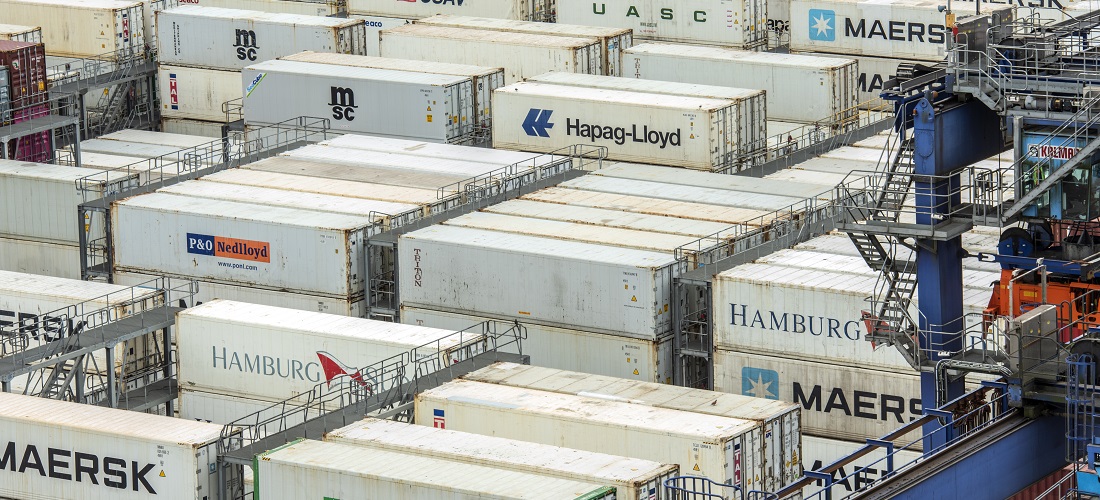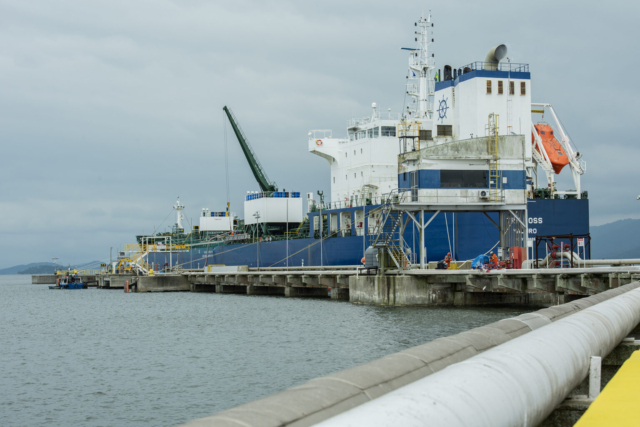
Cargo handling at Paraná ports up 28% YoY in September
Oct, 08, 2020 Posted by Ruth HollardWeek 202041
Paraná ports have registered a positive 2020. Comparing the months of September 2020 to 2019, the cargo movement has increased by over 28%. During September, 5.26 million tons were shipped and unloaded in the state. In the same 30 days of 2019, the volume of operations was about 4.1 million tons.
In the January to September accumulated result for the year, the increase registered is 11% in relation to the same period in 2019. This year, 43.9 million tons were imported and exported through the terminals of Paraná. Last year, 39.7 million tons were moved during the same period.
Solid Bulk
The solid bulk segment registered the highest percentage increase of 11% in the nine months of 2020. This year, 29.15 million tons of cargo were recorded compared to 26.2 million tons registered last year.
Soy, soybean meal, and sugar – the latter highlighted also at the Port of Antonina, not only in Paranaguá – are the products that register the greatest increases in exports.
About 13.2 million tons of soybeans (grain) were shipped from the Port of Paranaguá this year between January and September. Compared to the 8.4 million tons shipped in the same period in 2019, the registered increase reaches 58%.
Regarding bran shipments, there was a 14% increase in the comparison of the nine months of 2020 with 2019. This year, 4.46 million tons of the product was handled compared to last year’s 3.9 million tons. These totals also include volumes exported by the Port of Antonina. There, 233,750 tons of soybean meal were shipped. This year 21% more was shipped than last year, or 193,856 tons.
Adding the sugar shipped in bulk and that which leaves the ports of Pará shipped in bags, 3.11 million tons have already been exported this year. Compared to the 1.79 million tons recorded in 2019, the increase amounts to 73%.
Of this volume, 73,196 tons were handled at the Port of Antonina, representing 50% more than the 48,919 tons of sugar exported from there during the same period last year.
Still in the same segment, but in imports, the product with the highest volume and which registers the highest percentage of increase is fertilizer. In the accumulated result for this year, around 7.2 million tons were imported, 6% more than the 6.78 tons unloaded in 2019 during the same period.
The second segment that most handles cargo in the ports of Paraná is ‘general cargo’. In this segment, more than 9.1 million tons of products have already arrived or left the country through the state’s port terminals, 9% higher than that registered in 2019, or 8.35 million tons.
The increase registered in the movement of liquid bulk amounted to 7%. This year, approximately 5.55 million tons have passed through the Port of Paranaguá. In the same period in 2019, 5.19 million tons passed through the port. A 23% increase was registered in soy oil exports. This year 748,471 tons of the product were shipped. In 2019, only 609,687 tons were shipped.
Containers
Container imports and exports also increased. This year, 675,808 TEU were handled from January to September – 4% more than the 649,531 units (20-feet units) registered in the 2019 period.
In the segment, meat exports – which are among the main products shipped in containers – were strong. The volume of pork shipped from January to September this year is 40% higher, with 70 thousand tons shipped. In 2019 it was 50 thousand tons. This last data is from the Ministry of Economy (COMEX Stat.).
Beef exports increased by 37% through the Port of Paranaguá. This year, 297,067 tons of the products were exported. In 2019, 217,303 tons were exported.
Exports of chicken – amounting to 1.5 million tons – and fish and crustaceans – reaching 39,500 tons – remained almost equal in the comparison of the periods.
Of the 43.9 million tons handled this year, 28.8 million have been exported so far (a volume that is 15% higher than exports than the same period in 2019). The other 15.1 million tons were imported (registering a 3% increase in relation to the volume imported last year).
-
Trade Regulations
Mar, 15, 2024
0
Brazil enters British market with exports of gelatins and collagens
-
Grains
Mar, 21, 2019
0
Bolsonaro grants 750,000 ton wheat quota to the US
-
Ports and Terminals
Apr, 24, 2024
0
ANTAQ holds public hearing on area bidding at Port of Itajaí
-
Ports and Terminals
Sep, 10, 2020
0
PORT OF BEIRUT STRUCK BY ANOTHER FIRE




